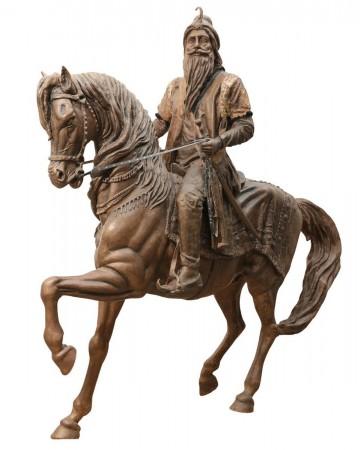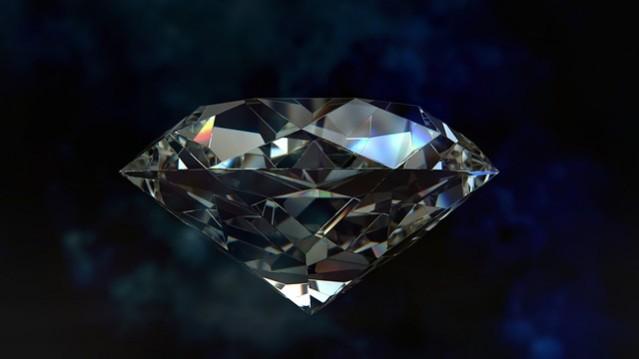Perhaps, the most famous and also controversial of all of London's Crown jewels, the Kohinoor diamond once again resurfaced in news after the Queen's death. It's the star jewel, historically significant, infamous and controversial all at the same time. The British won't give the Indian gem back. But why?
Today, emblematic of colonial conquests, the history of the precious diamond involves a bloody past. The diamond originally came from India's mines; disputably, thousands of years ago.

The diamond, which was later to be named Koh-i-Noor, has a long meandering path (comprising Hindu mythology to Indian courts) before it finally ended up in the British Crown Jewels in the mid-1800s. If its history and a long list of ownership is anything to go by, it is believed to be nothing less than an unlucky charm and a cursed possession.
In 1813 it came into the hands of Maharaja Ranjit Singh
With decades of fighting already taking place for the gem, it finally came into the hands of the British ruler Maharaja Ranjit Singh in 1813. In an interview with Smithsonian Magazine, William Dalrymple says, "Maharaja Ranjit Singh had won back from the Afghan Durrani dynasty almost all of the Indian lands they had seized since the time of the plunderer Ahmad Shah."

After Ranjit Singh's death in 1839, the East India Company did whatever it could to possess the Koh-i-Noor diamond, because by now it was not just an object of unparalleled beauty and price but a symbol of power and hold. The Sikh throne passed among four different rulers after Ranjit Singh's death. The heirs eventually left in line for the throne were Maharaja Duleep Singh, then a young boy and his mother Rani Jindan. Who led Punjab to war with the British in 1845.
Following Punjab's annexation, the British imprisoned Rani Jindan. In 1849, after imprisoning her, the British forced Duleep to sign the Treaty of Lahore, under which he forsook the Koh-i-noor and all claim to sovereignty. Duleep Singh at the time was ten-years-old.
And that's how the diamond became a special possession of Queen Victoria and paraded and displayed as a rightfully British possession.
So what happens to the diamond now?
The exhibitions that display the diamond, often cite it as a gift from India to the British. Several historians have argued that one definitive way to determine to whom the diamond really belong is by clearly establishing historical facts.

What India says today about the Koh-i-Noor has a lot to do with the stance of the government at the centre. After Independence, the Indian Government twice made a request to the British seeking the gemstone back. Even during the coronation of Queen Elizabeth II, the Indian government officially requested for the diamond to be returned, which the British refused as 'non-negotiable'.
However, in 2016 in response to a PIL, the Indian government claimed that Koh-i-Noor was a loot and part of the Treaty of Lahore and hence it was pointless trying to get it back. There is no dearth of those who still stake claim to the precious stone, from descendants of Maharaja Ranjit Singh to Indians who believe it is rightfully theirs.

















